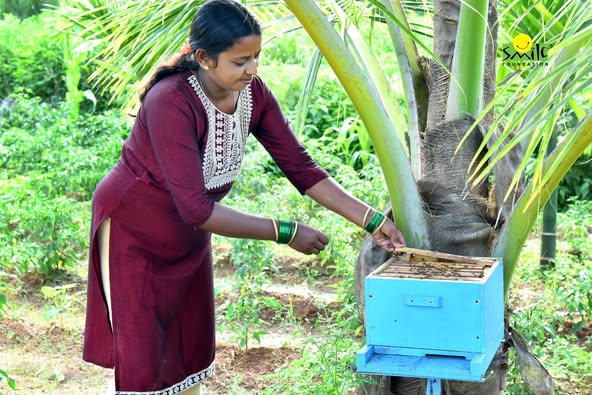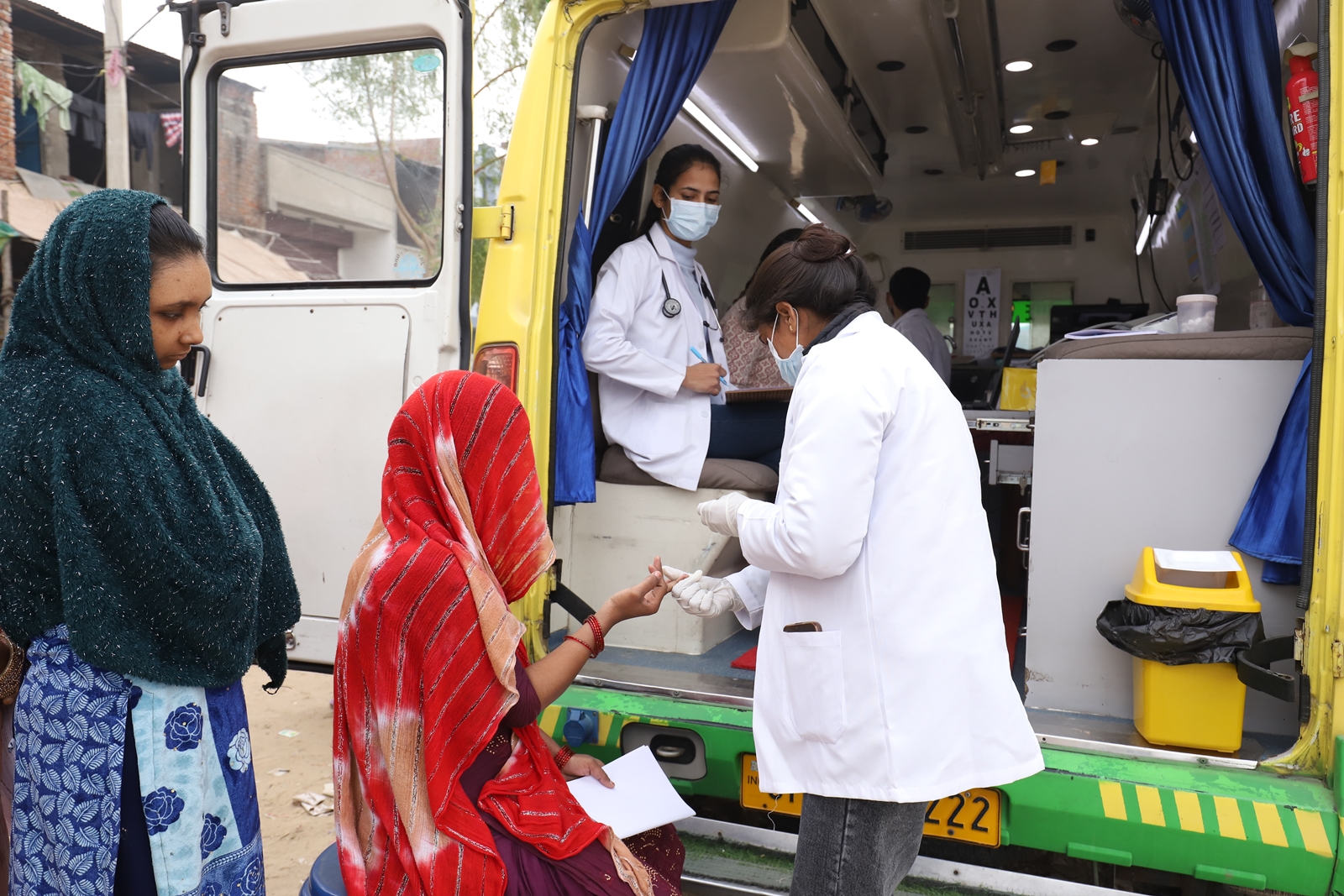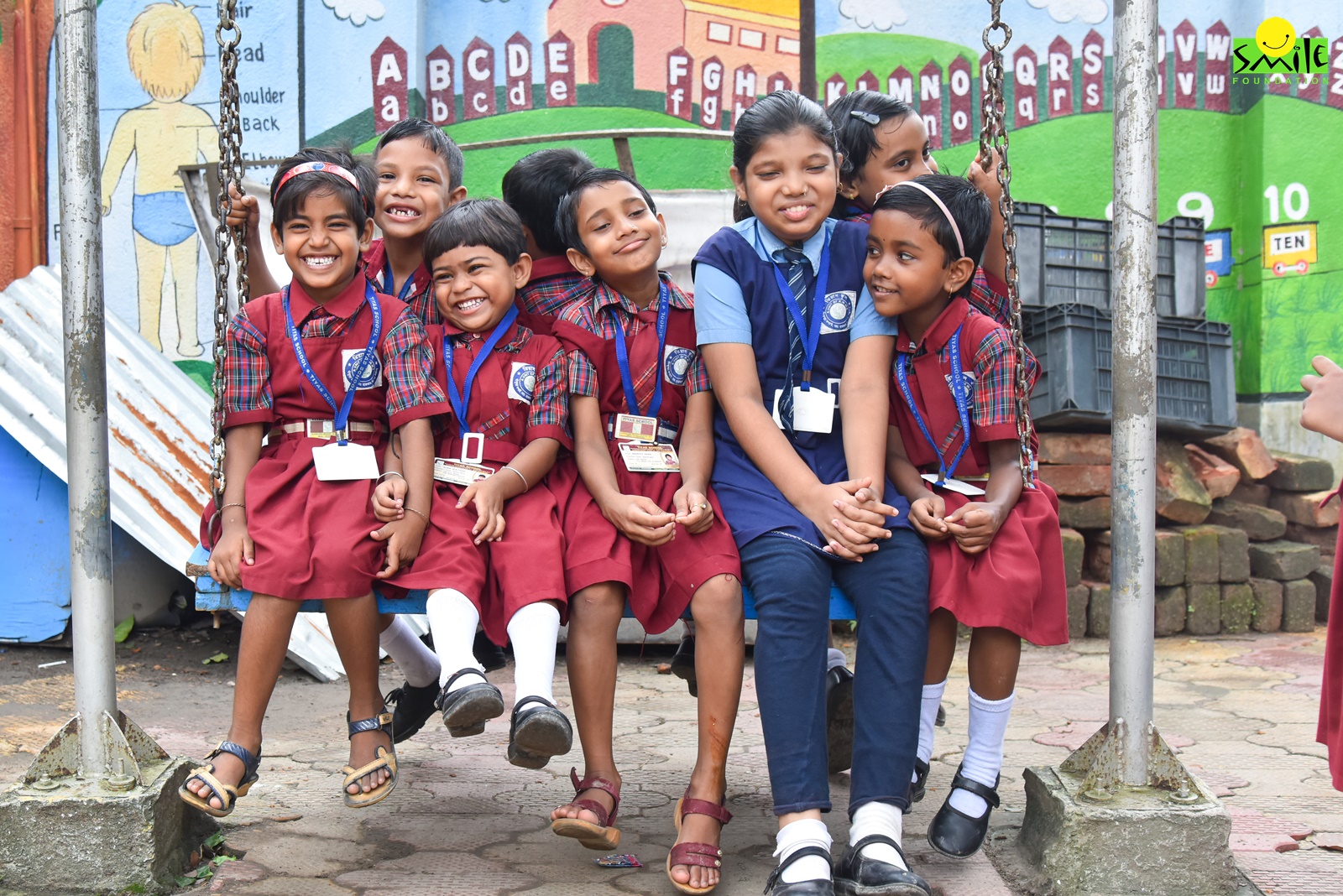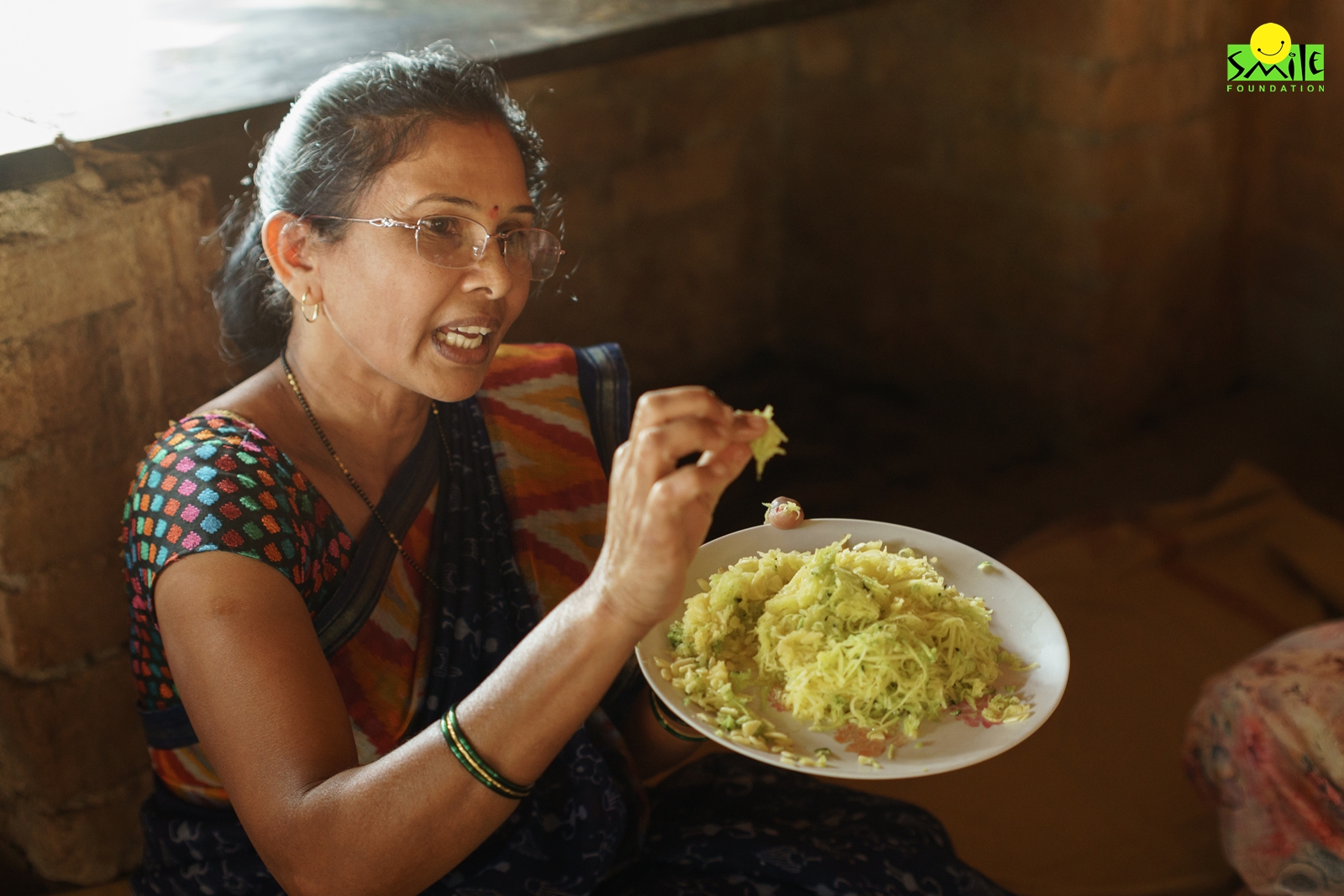If you ask a woman about her experiences of living in a highly gendered world, she is most likely to share her struggles with exploitation and harassment. Exploitation of women is a pervasive issue that manifests in various forms across diverse settings, including public spaces, workplaces and households.
In workplaces, women often have to face discrimination and sometimes employers try not to hire women in anticipation that they will have to accommodate for the maternity leave. At the same time, women also face issues like lack of opportunities to grow in their jobs and unequal pay. According to a survey done in India, it was found that women make 19 percent less money than their male counterparts for the same work. This is just the tip of the iceberg as there are numerous other challenges that women face in workplaces like sexual harassment.
Similarly, public spaces are also fraught with dangers like sexual harassment and assault making it unsafe for women to access these spaces freely. The examples of such incidents are so many that we do not need to highlight a single scenario here. Yet, the discourse around this violence that women have to face and the fear under which they are forced to live daily, is not solution oriented. Instead, women face judgments like their choice of wearing certain types of clothes and wanting to access public spaces at any time during the day and night.
Lastly, household is also not the safest place for women as many of them endure domestic violence, marital rapes, emotion abuse, and economic dependency. The stereotypes within our society often lead to a situation where girls are not allowed to go out and build a career for themselves. Instead, it is believed that they should learn how to take care of household chores so that they are able to perform their duties once they are married. Addressing all these issues is crucial for creating a just and equitable society.
Deeper dive
According to the National Crime Records Bureau (NCRB), India recorded 428,278 cases of crimes against women in 2021, marking a 26.35% increase over six years. These crimes include kidnapping, rape, domestic violence, dowry deaths and assaults. Globally, almost one in three women have experienced physical and/or sexual violence at least once in their lifetime. In the UK, 71% of women of all ages have experienced some form of sexual harassment in public spaces.
While this data tells us the quantum of the problem, it still manages to just scratch the surface. We have seen protest movements led by women in the recent past that have highlighted how pervasive these issues are. At the same time, there are so many problems that are not even discussed in public forums because they are not considered as grave as these issues.
Why does this problem need to be solved?
Addressing the problem of exploitation of women is not just a moral imperative but also a societal necessity. This is because independent women who have access to all the opportunities and feel safe and empowered can contribute to the economy effectively and create an overall societal growth. Educated and empowered women are more likely to raise healthier and better-educated children, creating a positive cycle of development. Moreover, reducing exploitation can lead to a more equitable society where everyone has the opportunity to thrive.
Solutions to Stop Women Exploitation
While the list of solutions to address this issue can be long because of the quantum of problems that we are looking at, there are still a few things that we can immediately do.
- Legal reforms and enforcement – The most important step is to strengthen laws for the protection and safety of women. We need to have strong and clear laws in place to deal with issues like gender discrimination, unequal pay, maternity leave, etc. At the same time, it is highly important that these laws are not just on paper but also implemented and enforced strictly. Processes should be created to ensure that access to justice is easy, and cases are resolved within record time. This is especially important because women might be fighting a much stronger enemy in some cases and would need the law to be on their side.
- Education and awareness campaigns – While a legal framework is needed, the bigger societal change can only happen when people are made aware of the problem and are brought onboard to participate in the process of change. Therefore, educating everyone about women’s rights and gender equality is extremely important. Campaigns like the “Beti Bachao Beti Padhao” aim to improve the status of girls in society. Schools and colleges should incorporate gender sensitisation programmes to educate young minds about respect and equality. At the same time, our media and film industry should make it a point to avoid creating content which enforces the already existing stereotypes against women.
- Economic empowerment – When an individual has the necessary financial strength to take care of themselves, then they are not dependent on anyone. This provides a kind of freedom that cannot be matched. Being financially dependent on a partner, parents, or anyone else can take away the basic freedom of women. This is why it is crucial that women are provided with economic opportunities to reduce their vulnerability to exploitation. Initiatives like microfinance programs and skill development workshops can help women become financially independent. The Self Employed Women’s Association (SEWA) in India has successfully empowered thousands of women through such initiatives.
- Safe public spaces – If we want to ensure that women can get an education, pursue the career of their choice and achieve success, it is crucial that we make sure they have freedom of mobility. Creating safe public spaces is central to ensuring women’s freedom. For this, we need better law enforcement, infrastructure, quick response mechanisms, etc. The UN Women’s Safe Cities and Safe Public Spaces initiative aims to make cities safer for women through comprehensive safety audits and community engagement.
- Community mobilisation –Lastly, the role of community in all this cannot be ignored. We often come across examples of people who come forward in support of women when they face any kind of exploitation. Men are also equally important in this struggle as their support can provide a much-needed backing to the movement of ending exploitation of women. Grassroots organisations can work towards mobilising communities and creating support channels for women. Similar communities can be formed in housing societies, schools, colleges, etc.
Possibilities for the Future
Imagine a future where women can walk freely, choose the career of their dreams and wear whatever they like; where workplaces are equal opportunity spaces and households are free of biases and discrimination. In this future, women are empowered to pursue their dreams and contribute to society without facing discrimination or violence. Achieving this vision requires collective effort from governments, NGOs, communities and individuals.
Stopping the exploitation of women is a complex but achievable goal. By implementing legal reforms, raising awareness, empowering women economically, creating safe public spaces, providing support services and mobilising communities, we can make significant strides towards a society free from exploitation. The journey towards this future is challenging, but the rewards are immense – a safer, equitable world for all.









